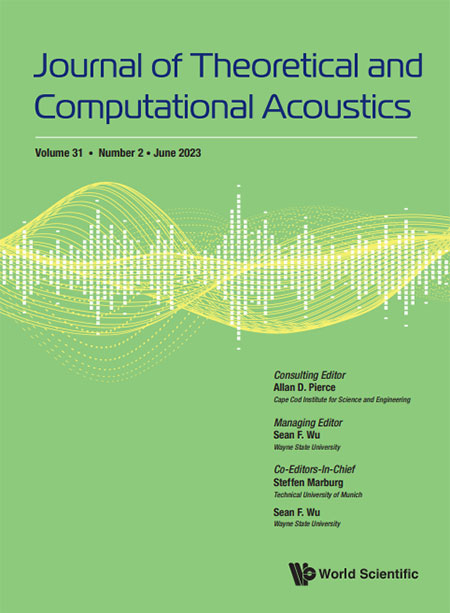Geoacoustic Inversion with a Single Vector Sensor and Multichannel Dispersion Curves
Abstract
This paper discusses the value added by using a single vector sensor over a conventional pressure-only hydrophone for geoacoustic inversions. Inversion methods based on genetic algorithms are used to estimate the seabed properties. Synthetic signals of impulsive arrivals first are modeled using KRAKEN and RAM propagation models, each being modified to predict components of the vector field. While KRAKEN is utilized to directly compute dispersion curves, RAM provides full-field results that require the application of time warping to separate the modal arrivals. Combinations of dispersion curves utilizing all vector sensor channels are compared to curves estimated with the pressure-only channel. Within the time warping analysis, both binary masking and band-pass filter masking methods are applied to compare stability of results. The environment modeled for the synthetic analysis and inversion method utilize sound speed profiles measured during the Monterey Bay 2019 at-sea experiment and assume a sediment layer of constant thickness overlying a deeper sub-bottom type. White noise is added to the synthetic data at different signal-to-noise ratios to evaluate the impact of signal excess on the results. A hybrid optimization approach is used to improve the results of the genetic algorithm method. The analysis with synthetic data is consistent with the analysis of broadband, impulsive data collected from the experiment, indicating that the additional information from the vertical velocity channel further improves the geoacoustic parameter estimates.


